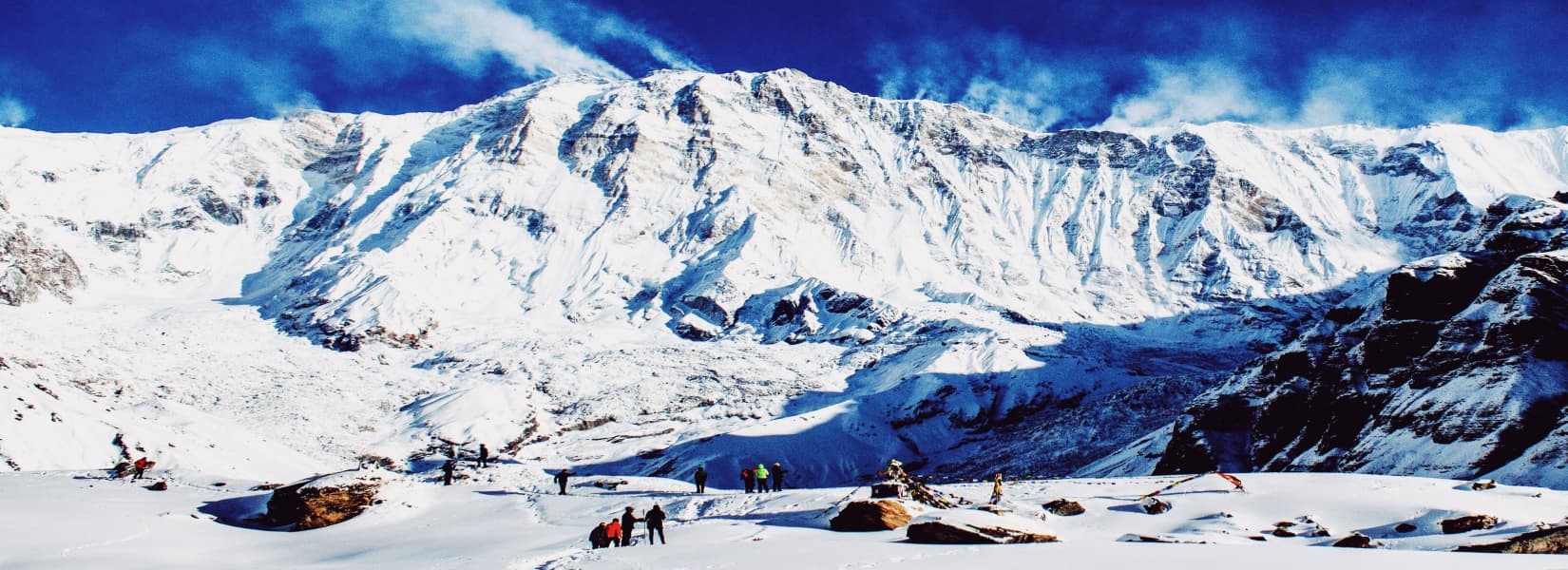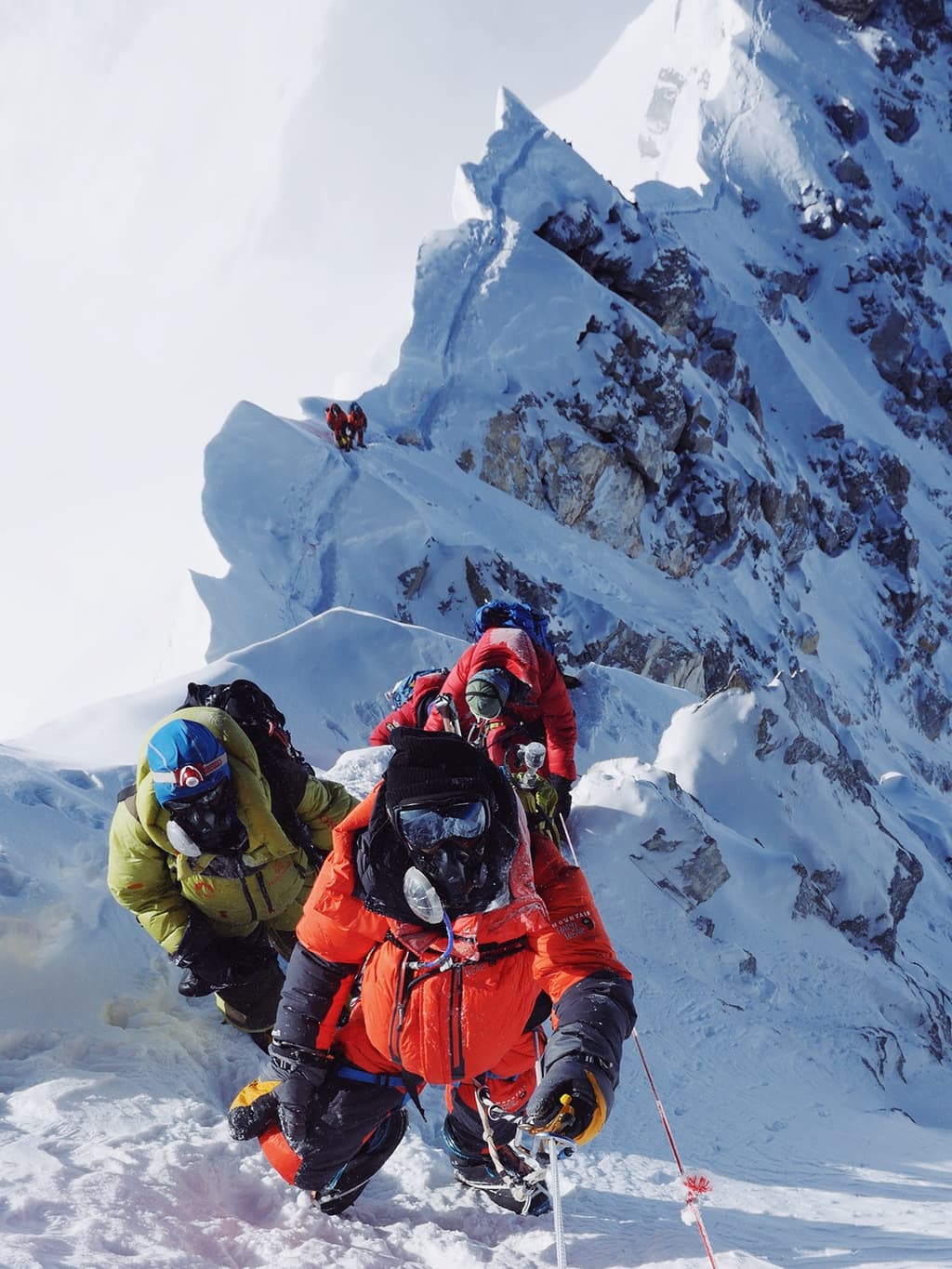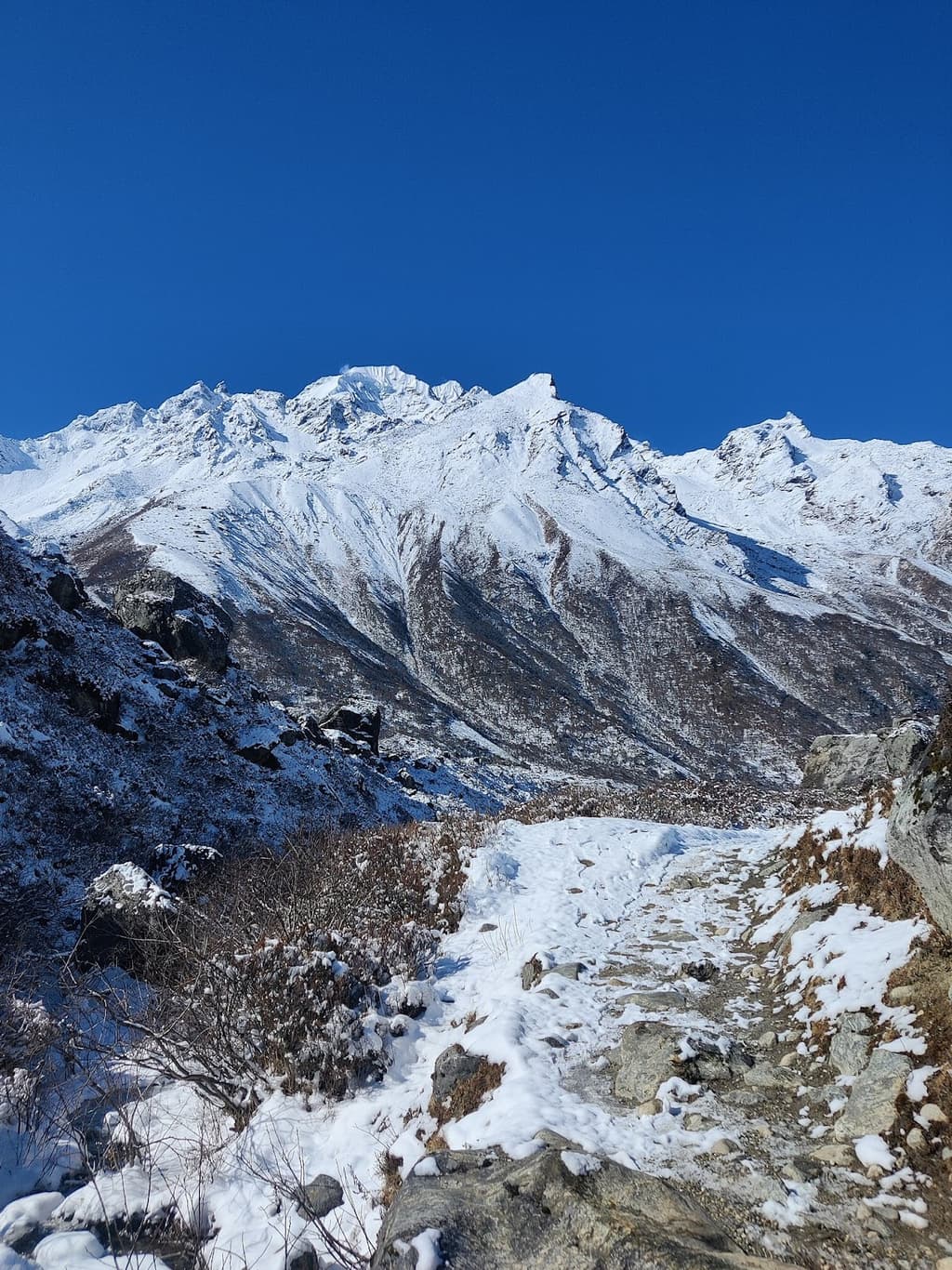Ever dreamt of standing atop one of the world’s most elusive summits—where only a handful of humans have ever set foot? In the grand theatre of the Himalayas, where Everest steals global fame and Cho Oyu welcomes hundreds of climbers each year, two peaks—Annapurna I (8,091m) and Kanchenjunga (8,586m)—stand apart. Not for their lack of beauty or prestige, but for their sheer difficulty, isolation, and unforgiving nature.
These giants aren’t just mountains; they’re living tests of endurance, courage, and respect. For climbers who crave raw, unfiltered Himalayan adventure, Annapurna and Kanchenjunga represent the ultimate frontier—where success rates are low, but the sense of accomplishment is unmatched.
Annapurna I: The Deadly Beauty of Central Nepal
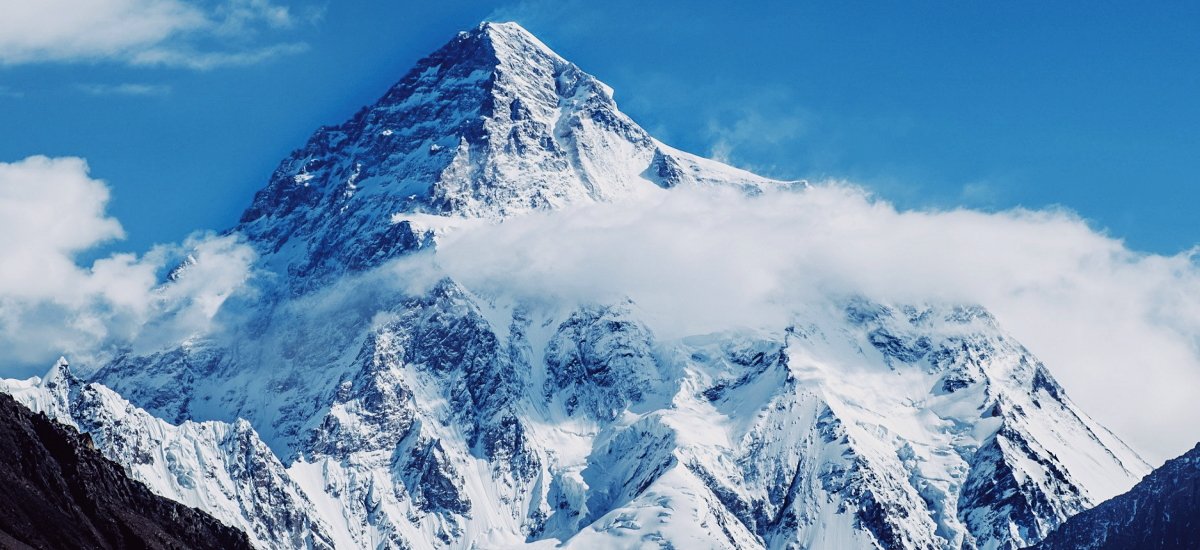
Height: 8,091 meters (26,545 ft)
Region: Annapurna Conservation Area, Central Nepal
First Ascent: 1950 by Maurice Herzog and Louis Lachenal (France) — the first successful 8,000m ascent in history
Annapurna I may not be the tallest, but it’s arguably the most lethal 8000er in Nepal. Its beauty is undeniable—majestic glaciers, dramatic ridgelines, and sunrise views that ignite the entire Annapurna range. Yet beneath this splendor lies one of the harshest challenges in high-altitude mountaineering.
Why Annapurna I Is One of the Least Climbed Peaks
Annapurna’s danger lies in its terrain and weather, not just altitude. The mountain’s south face—nearly 3,000 meters of vertical ice and rock—is among the most technical and avalanche-prone slopes on Earth. Unpredictable storms sweep in without warning, often trapping climbers for days or weeks.
For decades, Annapurna I held a fatality rate exceeding 30%, though improved forecasting and logistics have recently reduced that number. Even so, many seasoned climbers admit that Annapurna demands more from the human spirit than any other 8000er—patience, precision, and a healthy dose of humility.
The Psychological Edge
Everest may test stamina, but Annapurna tests your will to stay calm in chaos. Every step across its avalanche fields is a gamble; every decision, a potential lifeline. The mountain offers no mercy—but for those who summit, it grants an almost spiritual enlightenment.
Why Climbers Still Attempt It
Despite its reputation, Annapurna I continues to attract elite alpinists and adventure purists. Its rarity is its allure. Few climbers can claim to have stood atop Annapurna—making it a badge of honor within mountaineering circles.
At Everest Sherpa Expeditions, we guide limited expeditions to Annapurna I, focusing on safety-first strategies, experienced Sherpa leadership, and weather-based flexibility. Here, survival and success go hand-in-hand.
Kanchenjunga: The Sacred Giant of the East
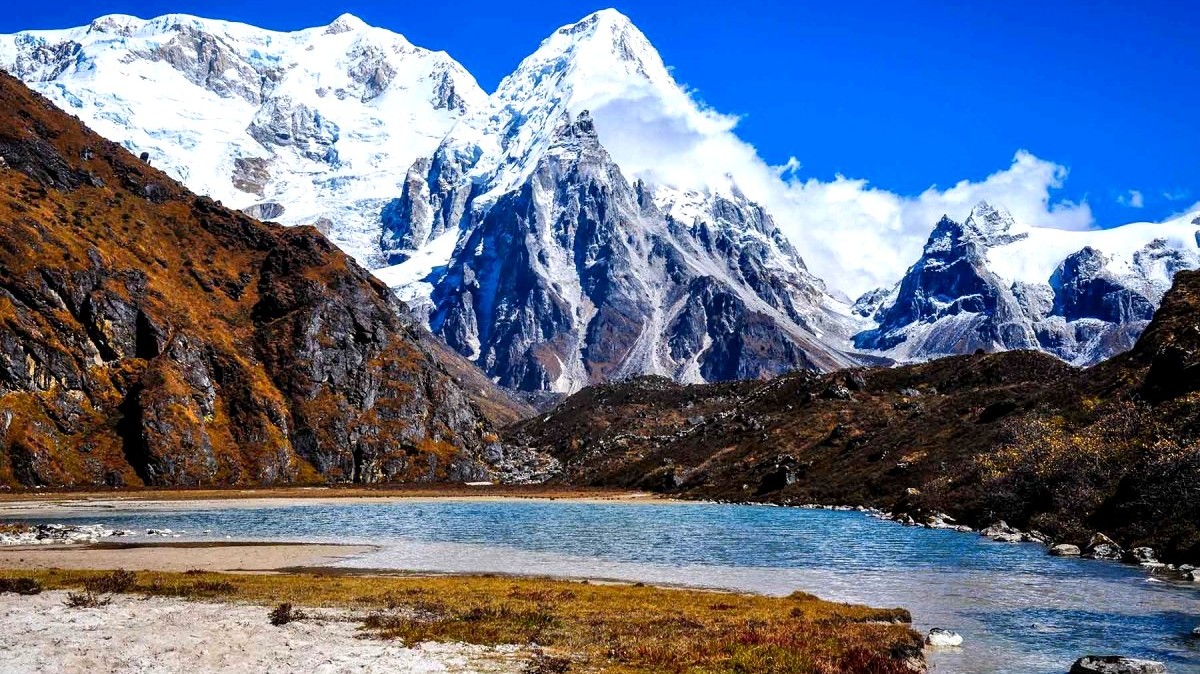
Height: 8,586 meters (28,169 ft)
Region: Eastern Nepal, bordering Sikkim (India)
First Ascent: 1955 by Joe Brown and George Band (UK)
Standing as the third-highest mountain in the world, Kanchenjunga remains one of the least attempted 8000-meter peaks—not because it’s lesser known, but because it demands more than most climbers can give. It’s wild, remote, and sacred—its summit considered holy by the local Limbu and Rai communities, who believe it’s the abode of protective deities.
A Test of Isolation and Endurance
Unlike the commercial routes of Everest, Kanchenjunga lies hidden deep in eastern Nepal, accessible only after weeks of trekking through lush forests, remote villages, and high alpine valleys. There are no teahouses near base camp, no crowds, and no shortcuts. This isolation adds to both its mystery and its challenge.
The climb itself involves technical ice walls, massive seracs, and knife-edge ridges battered by constant winds. The route is long and demanding, with multiple high camps and extended periods in the “death zone.”
Why Few Attempt Kanchenjunga
The remoteness, the spiritual restrictions (climbers traditionally stop just below the true summit out of respect), and its notoriously unpredictable weather make Kanchenjunga a serious expedition for elite mountaineers only. It’s not about fame—it’s about personal challenge and reverence for the mountain itself.
In recent decades, only a handful of climbers attempt Kanchenjunga each season. Many expeditions turn back due to weather or logistical difficulties. Yet those who do reach its upper slopes describe it as one of the most sublime, humbling experiences in the Himalayas.
Comparing the Two Giants
|
Feature |
Annapurna I (8,091m) |
Kanchenjunga (8,586m) |
|
Region |
Central Nepal (Annapurna Sanctuary) |
Eastern Nepal (Taplejung District) |
|
First Ascent |
1950 (France) |
1955 (UK) |
|
Difficulty |
Extremely high due to avalanches |
Technically demanding, remote |
|
Fatality Rate |
Historically 30%+ |
Around 20% historically |
|
Popularity |
Very low (few dozen ascents annually) |
Very low (less than 50 attempts per year) |
|
Climbing Style |
Technical ice and avalanche management |
Long endurance and high-altitude survival |
|
Spiritual Significance |
Revered but not sacred |
Considered sacred; climbers stop short of true summit |
Which is the Least Climbed 8000m Peak in Nepal?
Based on the latest data from sources like the Himalayan Database and our own expedition records at Everest Sherpa Expeditions, Annapurna I is the least climbed 8000m peak in Nepal. With only 191 successful summits compared to Kanchenjunga's 283, Annapurna I's reputation for extreme danger and technical difficulty deters many climbers. Factors like its high avalanche risk, unpredictable weather, and the psychological toll of the climb contribute to its status as a "mountaineer's mountain."
However, this doesn't mean Kanchenjunga is easy—it's still among the least frequented 8,000m peaks, with challenges that demand respect. The key difference lies in accessibility: Annapurna I's routes are more prone to objective hazards, while Kanchenjunga's longer approach and cultural restrictions add to its isolation.
Why Choose Everest Sherpa Expeditions for Your 8000m Adventure?
At Everest Sherpa Expeditions, we've been guiding climbers on these peaks for over 20 years, with a team of certified Sherpas who have summited them multiple times. Safety is our top priority—we provide oxygen systems, medical kits, and 24/7 support. Plus, we focus on sustainable tourism, ensuring your expedition benefits local communities.
If you're inspired to tackle Annapurna I or Kanchenjunga, contact us today for customized itineraries, permit assistance, and expert guidance. Remember, the mountains are waiting, but they demand preparation and respect. Join us on an expedition that could make you one of the few to conquer these Himalayan giants!
Conclusion
In a world obsessed with records and recognition, Annapurna I and Kanchenjunga remind us what real adventure means: risk, reverence, and reward beyond the tangible.
Annapurna I seduces with beauty and danger—a climb for those ready to gamble everything on precision.
Kanchenjunga, meanwhile, guards its summit with silence, spirituality, and solitude—a challenge for those seeking inner discovery over outward glory.
For the brave few who dare, these peaks offer not just climbs, but pilgrimages into the very soul of the Himalayas.
